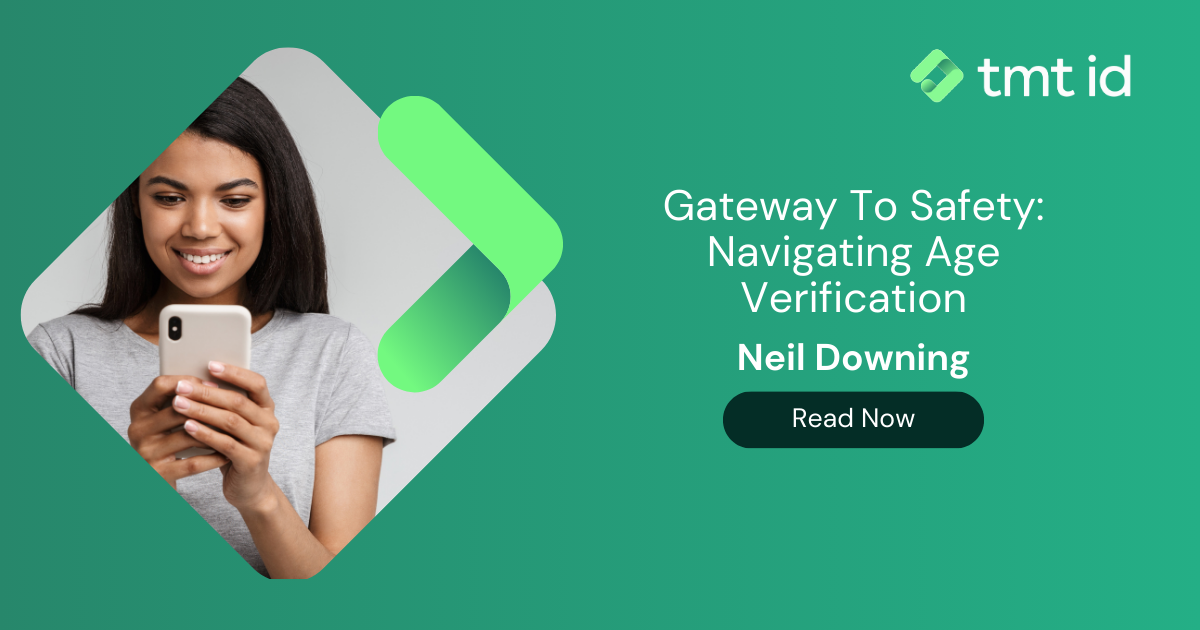
Recently I had the pleasure, alongside Vodafone, to deliver a webinar to members of the GSM Association (arguably the Mobile Industries’ most influential and long-standing industry body) on the benefits of using mobile telephony data for age verification.
It was the kind of webinar that I like the most, where we talk about a successful implementation that is done and is working today (our UK-based service is currently performing 1000’s of checks per day).
It also highlights an important lesson for everyone across the industry, one which I have been reminded of through this process.
In essence it’s exactly that. Our customer queries us with the mobile number of their customer; which they have obtained (with consent) during the login process and have also verified using a 2-factor authentication; and we confirm that the owner of that number is over 18, using information provided by their Mobile Network Operator.
Our customer does not get to see the actual date of birth (or any other personal information) only confirmation that they are ‘of age’.
What’s interesting about this case is that it would be so easy to just talk about all of the problems with using mobile phone data for this purpose. Problems such as:
And many more………
Of course, these are all valid questions, but what’s interesting is that the mobile industry has taken two important steps to mitigate these.
First, they have made sure that they don’t confirm the user as being of-age unless they know definitively that they are (so in the case of family plans they will not respond positively for any of the numbers since they cannot say which family member owns which device).
And secondly, they have still pushed ahead and launched the service.
The result is that our customer are seeing about a 60% match rate against the data. This might not sound great, but it is when you understand the overall context that we’re applying here.
It is important to remember too that our customers also have other options to do age verification. These include facial age estimation (using a mobile phone APP and camera to look at your face and judge your age). However, this is a lot more intrusive and adds more friction to the user experience.
By combining the two services, we can now turn the above result on its head.
Instead of our solution ‘only’ providing a 60% match rate, it is actually providing a low/zero friction experience 60% of the time. Sounds much better when you put it that way doesn’t it? And, in the future the operators are also looking at how to augment this data with other additional elements (such as account tenure and whether the phone has the mandatory adult content bar lifted or not) to further improve things.
The twin problem of protecting children from harmful online experiences, whilst at the same time making it easy for legitimate users to access those same experiences is a society problem that is here to stay.
As a parent I welcome any innovation that can help solve this issue, but there is never likely to be a single solution. This is a great example of how you can combine multiple solutions, each of which has their own strengths and weaknesses to full effect.
I’m personally very grateful that the industry has pressed on and developed this type of solution, as well as to the GSMA for giving me an opportunity to tell everyone about it!
Working together to solve issues in society feels much better than simply finding reasons why something shouldn’t be done, doesn’t it?
Last updated on August 5, 2025
We provide the most comprehensive device, network and mobile numbering data available
Contact us > Chat to an expert >